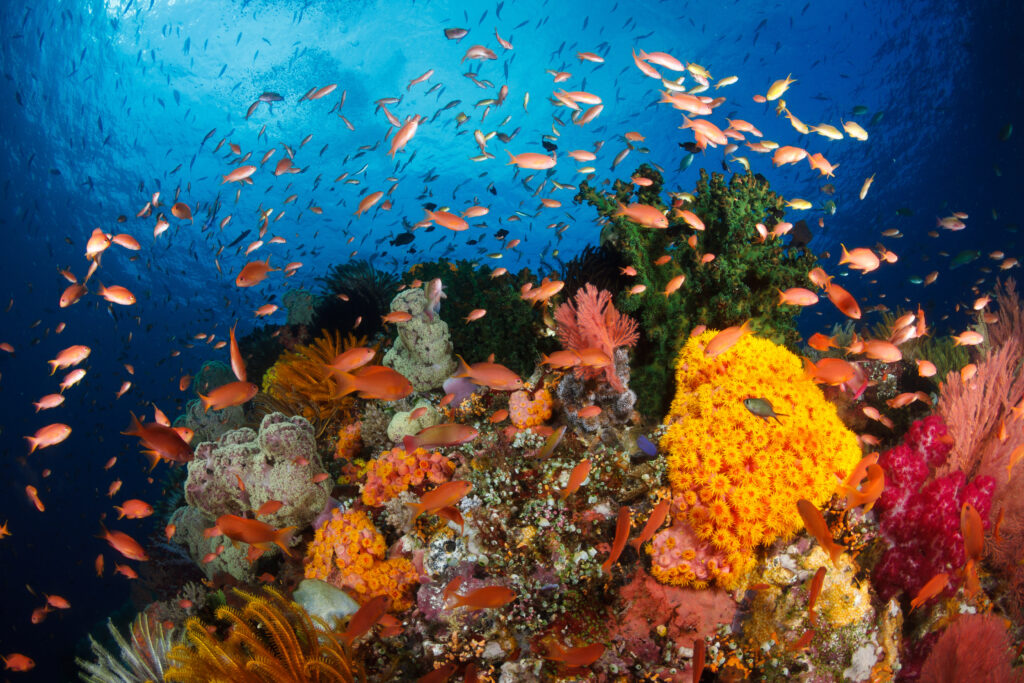Hot Savings: Beating the Heat Without Breaking the Bank

August is in full swing, and if you happen to find yourself in Texas, you know this means the heat is at an all-time high. In a state where daily temperatures can exceed 100 degrees Fahrenheit during the day and hesitate to drop below 80 at night, things can get exceptionally sweaty and discomforting very quickly. Once you combine these circumstances with increasing energy costs, keeping your home comfortable without sacrificing your hard-earned savings can seem like an impossible feat. Thankfully, we have just the right tips and tricks for you to beat the heat without breaking the bank. Keep reading to learn more!
4 Alternatives to Concrete You Need to Discover

Concrete is one of the most commonly consumed products on the planet, second only to water. 4.4 billion tons are produced annually and is projected to increase to 5.5 billion by 2050. Its durability, strength, and cost-effectiveness have made it a go-to for builders for centuries. Structures made from concrete can last for generations. But at what cost? If you’ve read our blog on The Truth About Concrete and The Environment, you know there are plenty of reasons to make the switch to more eco-friendly alternatives. From the excessive carbon emissions produced throughout the manufacturing process to its water intensity, the obstacles created by concrete production are beginning to outweigh the benefits of the end product. So what else can builders use? Keep reading to find out!
The Importance of Coral Reefs

Coral reefs are often associated with white sandy beaches, uniquely patterned fish, and brightly colored corals just below the water’s surface. We think of corals as the finishing touch to a tropical paradise full of crystal-clear ocean water. But did you know that coral reefs are some of the most complex ecosystems on the planet? The many different types of corals that exist can be found in both shallow, clear water as well as murky, deep, cool water and are responsible for supporting the life of millions of organisms and marine life. In fact, scientists estimate that there are millions of undiscovered species that could be the key to the development of revolutionary medications for everything from cancer and viruses to bacterial infections.
NASA’s Next Mission: Water

As is discussed frequently in Smart Energy Education, water and energy share a unique and important relationship. We need energy to access water, and we need water to access energy. This connection, otherwise known as the energy-water nexus, is a pillar in our societies and intimately impacts the comfortability of our lives. We use water for everything from hygiene, cleaning, and watering our lawns to the cooling of the power plants that provide us with electricity and industrial processes that manufacture the products we love. Not to mention the water used to create energy through methods like hydroelectric dams.
A Guide to Energy Conservation

Informative and engaging lessons and games to promote energy literacy among kids and students
Save Your Energy, Save Your Money

Save Your Energy, Save Your Money What Causes High Electric Bills? You might be wondering “why is my power bill so high?” Various shifts and global trends contribute to the rise of electric bills around the world. People continually think about this problem because they seek to conserve energy while staying productive and consuming energy. […]
Personal Fuel Consumption and the Environment

There are many ways to reduce the impact fuel consumption has on the environment and improve our ways of living.

